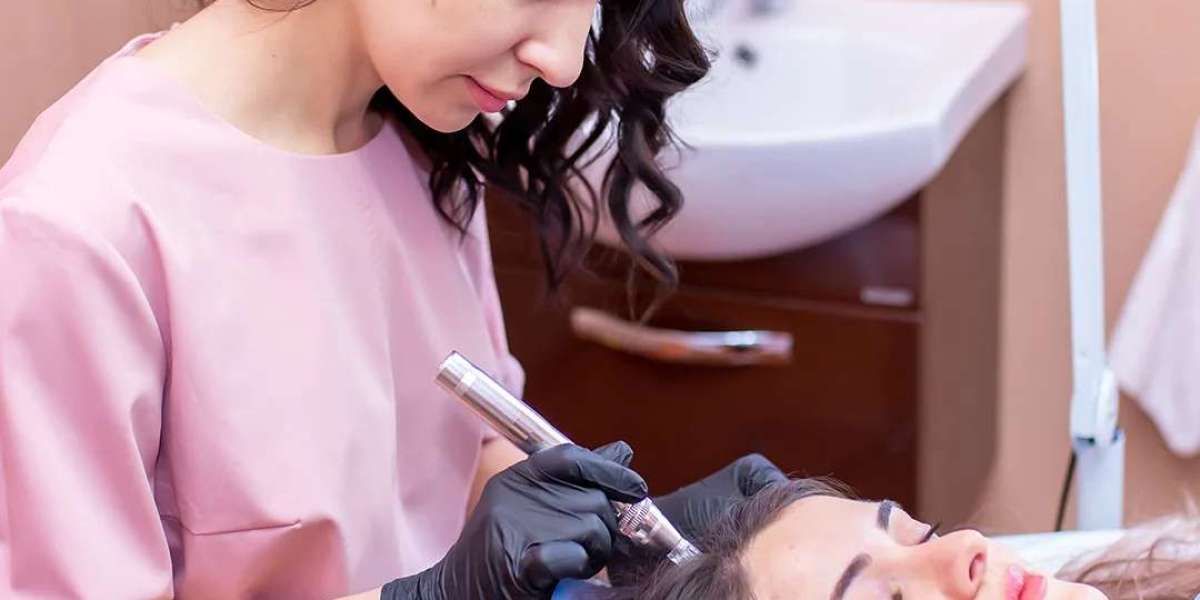Platelet-Rich Plasma Hair Treatment has become a popular non-surgical option for those experiencing hair thinning and early hair loss. But one question that often comes up is whether PRP works better for men or women. Since hair loss patterns and causes can differ by gender, it’s natural to wonder how that impacts treatment outcomes.
The truth is that Platelet-Rich Plasma Hair Treatment( علاج الشعر بالبلازما الغنية بالصفائح الدموية) can be effective for both men and women, but the results may vary depending on several factors like hair loss type, stage, hormones, and overall health.
What Is Platelet-Rich Plasma Hair Treatment?
Before exploring how gender may affect PRP results, it’s helpful to understand what the treatment involves. Platelet-Rich Plasma therapy uses a patient’s own blood, which is processed to concentrate the platelets. These platelets are rich in growth factors and are then injected into the scalp to stimulate hair follicles, improve blood flow, and encourage natural hair growth.
PRP works by supporting and reviving weak or dormant hair follicles. It doesn’t regrow hair in areas where follicles are no longer present, but it can help thicken existing strands and slow down the progression of hair thinning.
PRP for Men: How It Works:
Men typically experience hair loss due to male pattern baldness, which is largely genetic and influenced by hormones, particularly DHT (dihydrotestosterone). This type of hair loss often starts at the temples or crown and can progress to complete baldness in those areas.
PRP tends to offer the best results for men who:
Are in the early stages of hair loss
Still have visible hair follicles
Want to avoid or delay hair transplant surgery
Since male pattern baldness involves shrinking follicles rather than complete follicle loss in the early stages, PRP can rejuvenate these follicles and help maintain density.
PRP for Women: What to Expect:
Women usually experience a different pattern of hair loss, typically diffused thinning across the entire scalp. Female hair loss can be triggered by hormonal changes, stress, postpartum conditions, or underlying health issues such as thyroid imbalances.
PRP therapy may be especially beneficial for women because:
It addresses widespread thinning
It stimulates overall scalp health
It helps thicken the diameter of existing hair
Many women respond well to PRP since their follicles are often still present but weakened. With regular treatments, many notice improved volume and reduced shedding.
Gender Differences in PRP Results:
Factors Influencing Results:
Hormonal balance: Women dealing with hormonal fluctuations may need additional treatments or lifestyle adjustments for sustained results.
Severity of hair loss: Men with advanced baldness may not benefit as much as those in early stages.
Consistency: Regular sessions and maintenance play a crucial role for both genders.
Underlying causes: PRP is most effective when hair loss is not caused by scarring or permanent follicle damage.
Comparing Outcomes:
In general, PRP results are not necessarily better for one gender over the other. Instead, the success rate depends more on the timing of treatment and the specific type of hair loss. Both men and women who start PRP early and follow a proper regimen tend to see improvements.
Frequently Asked Questions:
How many PRP sessions are needed?
Typically, an initial series of 3 to 4 treatments spaced about a month apart is recommended, followed by maintenance every 4 to 6 months.
Is PRP painful?
Discomfort is minimal. Most patients report a mild pinching sensation, and numbing options are often available.
Can PRP be combined with other treatments?
Yes, combining PRP with topical solutions or oral supplements may enhance results for both men and women.
Conclusion:
Platelet-Rich Plasma Hair Treatment( علاج الشعر بالبلازما الغنية بالصفائح الدموية) is a promising option for men and women facing early-stage hair loss or thinning. While individual results vary, the treatment’s effectiveness isn’t solely determined by gender. The condition of the scalp, the cause of hair loss, and the stage at which PRP is introduced are all key factors. Whether you’re male or female, beginning PRP therapy sooner rather than later gives you the best chance at maintaining and improving your hair’s health and appearance.


